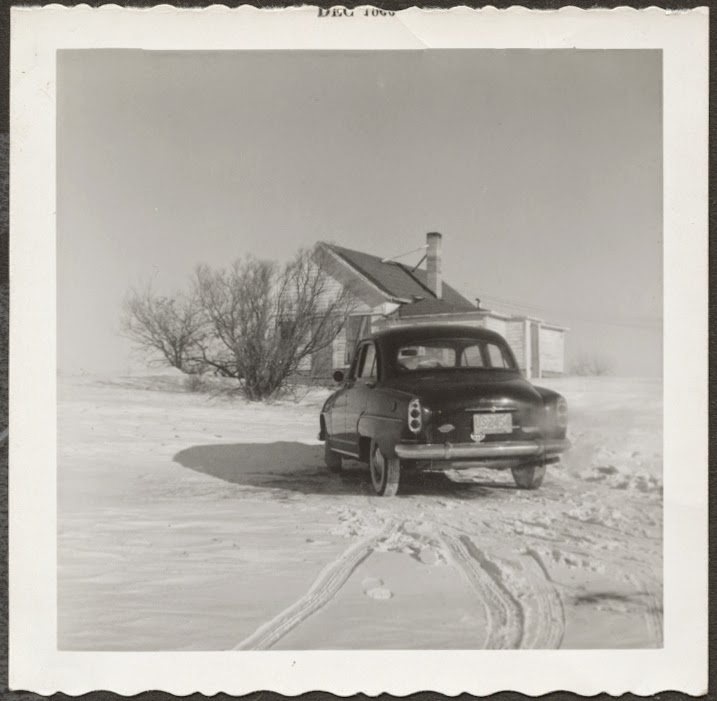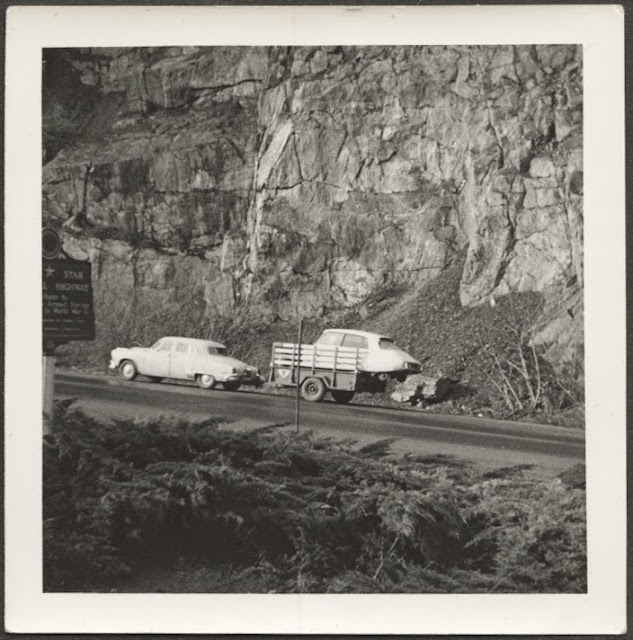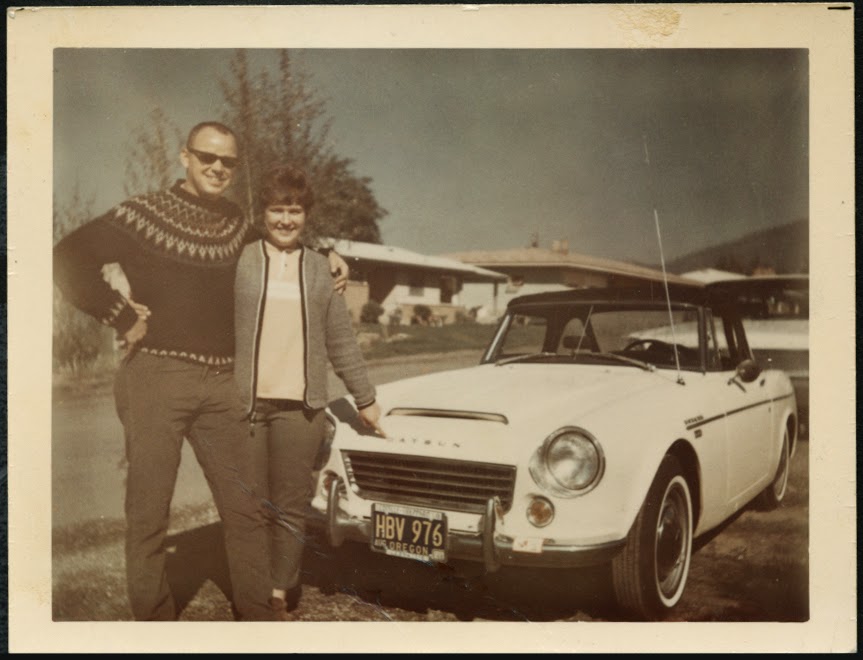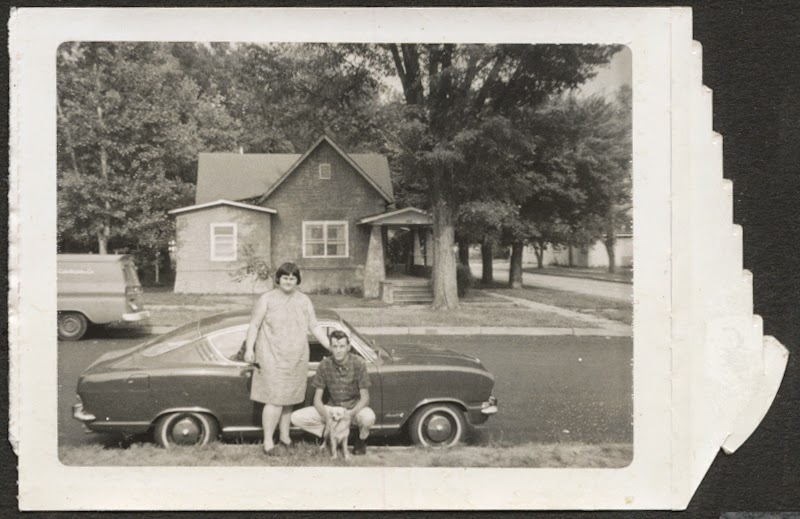1927 LaSalle
When Harley Earl's father sold the Earl Automobile Works to Hollywood Cadillac distributor Don Lee in 1919, Lee put Harley in charge of custom body design and sales. In no time he was hobnobbing with Mary Pickford and Fatty Arbuckle and Douglas Fairbanks as well as getting his West Coast couture Cadillacs shown at New York and Chicago salons, where they attracted the attention of GM's Alfred Sloan and the Fisher Brothers. Fred Fisher and Harley became golf buddies at the Los Angeles Country Club and when Cadillac needed help designing a youthful companion car, Harley got the call. His clean homage to Hispano-Suizas he'd admired in Paris led to his being asked to create and head General Motors Art & Colour, the most influential automotive design department of the 20th Century. The roadster shown here is inscribed Santa Helena Brasil, where road conditions might have called for the less familiar disc wheels.
1929 Buick
The first car styled completely by Art & Colour became the unfortunate victim of aPregnant Buick hysteria that swept the country. Sales plunged and Buick lost its #3 sales position to Hudson/Essex.
Image may be NSFW.
Clik here to view. 1930 Chevrolet
1930 Chevrolet
As I started trying to identify prewar vehicles in snapshots, I grew to appreciate hood side panels. The basic elements of a car, truck or bus of this vintage seemed fairly similar from one nameplate to the next, but the hood side panel was a flat canvas slit with vents that could be thick, thin, straight or curved; arranged as verticals, horizontals or diagonals; in one block or in groups; as long as air moved through like it was supposed to. The 1929 Chevrolet, with its distinctive vent array, was one of Harley Earl's earliest GM production designs, a slight windshield rake one of the few changes for 1930. A '55 Bel Air hardtop of its time.
1930 Marquette
Following the success of Oakland's Pontiac and Cadillac's LaSalle, Buick tried its hand at a companion car. The 1930 Marquette was introduced in June of 1929, months before the new Buicks, but October's stock market crash caused the line to be dropped before dealers had finished hanging new signs. Oldsmobile's companion car, the V8 powered Viking, suffered a similar fate.
1931 Cadillac V8
Sporting life in the Brazilian upper class.
1932 Chevrolet
A mild winter day on Shelter Island in the baby Cadillac.
1933 Chevrolet Master Eagle
The fender valances and sloping grille of Amos E. Northup and Julio Andrade's 1932 Graham Blue Streak sent every American car maker scrambling. GM and Ford were Grahamified by 1933 as were Hudson, Terraplane, Packard, Studebaker, Pierce, Reo and Willys, with pretty much the entire industry embracing the Blue Streak aesthetic by 1934.
1933 Pontiac
Frank Hershey left Hudson for Art & Colour in 1932, just in time to save the struggling Pontiac division with fender valance speed streaks, chic hood vents and a Bentley-inspired grille.
1934 LaSalle
Exquisite biplane bumper and trademark tall narrow LaSalle grille head a full complement of Art & Colour effects, somewhere in Europe.
1934 Cadillac V8
Summer car with '47 Connecticut plate mounted on biplane bumper with Dagmar bullets.
1934 Cadillac V16 Coupe
Lord of all creation passes amid mortals. 1 of 5 V16 two-passenger coupes coachbuilt by Fleetwood in 1934 for around $7750 when a Chevy Master Deluxe could be had for less than $600.
1934 Oldsmobile 8
1935 Chevrolet
1935 Pontiac
Debut of the centerline silver streak.
1936 Chevrolet
Washington State sinkhole nearly swallows popular fencing mask grille sedan.
1936 Oldsmobile 8
Fencing mask with upmarket detailing, somewhere in the Pacific Northwest.
1936 General Motors Parade of Progress Silvertop Streamliner
1937 Oldsmobile 6
In 1937, when Art & Colour became General Motors Styling and design teams were given separate studios for the first time, Olds tried mounting its taillights at belt line level for a little spice. Mr. Matsuda's bumper sticker promotes the upcoming rodeo in Salinas, California, an agricultural center just inland from Monterey and where John Steinbeck wrote Of Mice And Men.
1937 Pontiac
Fender valance speed streaks continue along with central silver streak.
1938 LaSalle
1938 Buick
1938 Oldsmobile
Somehow that year's Studebaker ended up with a very similar front end, the headlights of the '38 President and State Commander echoing the angular Olds grille to a startling degree.
1938 Studebaker State Commander
Photo from Live Journal.
c.1938 GMC Greyhound 743
1938 Chevrolet pickup w/ Oliver thresher
Image may be NSFW.
Clik here to view.![]()
1939 Buick
Final appearance of the Parade of Progress Silvertop Streamliners, replaced for 1940 by Futurliners.
1939 Cadillac 60 Special
This pinnacle of prewar style was the first major project of Bill Mitchell, Harley Earl's eventual successor as head of GM styling. Introduced in 1938, the 60 Special's two-piece doors with thin chrome window frames, coupe style extended trunk and suitcase fenders with chrome strips instead of running boards between them all belong to a beautiful future. I suspect the young lady is only pretending to belong to this extravagant sunroof-equipped glamor wagon, the palms of Miami moving across its flawless curves.
1939 Chevrolet
Area farmer's treasured friend, resplendent in either Bordeaux or Cape Maroon. The low horizontal grille of the 1938 Lincoln Zephyr, devised after Bob Gregorie turned the car's tall radiator on its side in line with the V12's crankshaft-level fan to address a tendency to overheat, caused another industry-wide styling shift. Catwalk trim has sprouted on either side of the tall graceful prow of the Chevy '39 in response. Side windows still look like holes punched through a helmet in contrast to next photo and preceding one.
1940 Cadillac 60 Special
Image may be NSFW.
Clik here to view.![]() 1940 LaSalle
1940 LaSalle
The last LaSalle. Cadillac figured the greater prestige of its own nameplate might move more units of its companion car, which became the Cadillac Series 61 for 1941.
1941 Chevrolet
Refining the horizontal face.
1941 Buick
1941 Cadillac Series 62 Club Coupe
1946-7 Buick
1946-7 Chevrolet COE
1947 Chevrolet Fleetline Aerosedan
Kittatinny Mountain Tunnel, on a section of Pennsylvania Turnpike opened on October 1, 1940.
1947 Buick
Flow-through fenders, fastback and driving lights, with butte.
1948 Oldsmobile 98
Olds and Cadillac introduced all-new postwar designs a year before Pontiac, Chevy and Buick.
1948 Cadillac 62 convertible
Here come fins.
Image may be NSFW.
Clik here to view.![]() 1949 Buick Riviera
1949 Buick Riviera
And portholes, sweep spears and hardtops.
1950 Cadillac Coupe de Ville
Paleolithic 1936 Chevy looks on in wonder and envy.
Image may be NSFW.
Clik here to view.![]() 1950 Buick
1950 Buick
All the better to eat you with!
1950 Pontiac Silver Streak
1951 Cadillac Coupe de Ville
1953 Oldsmobile Fiesta
New Hampshire plates, 1 of 458.
1953 Pontiac Star Chief
1954 Chevrolet Bel Air
The color is officially Pueblo Tan but will always be Pumpkin to me. One of two auto colors I loved as a kid, the other a miles-deep iridescent blue that appeared on '49-50 Fords.
1954 GM PD-4501 Scenicruiser w/ 1955 Cadillac 60S
Based on a Raymond Loewy design.
1954 Cadillac El Camino
1954 Cadillac La Espada
1955 Cadillac Eldorado Brougham
1955 Chevrolet Bel Air
Ferrari-inspired grille hangs with the cool kids @ SCCA meet.
1955 Pontiac Star Chief
Uncommon factory bumper guard.
1956 Pontiac Club de Mer
The Club de Mer, a low, two-passenger sports car with an anodized brushed aluminum body, is Pontiac's experimental 'dream car' of 1956. Equipped with a 300-horsepower Pontiac Strato-Streak V8 engine, the Club de Mer stands only 38.4 inches to the top of the windshield and is 180.06 inches long. Built on a 104-inch wheelbase, the car is 69.7 inches wide and has a tread of 56 inches front and 54 inches rear. Road clearance is 5 inches.
The exterior body color is cerulean blue, while the interior is fashioned in vermillion red leather. Most striking feature of the Club de Mer is the dorsal fin which flashes up from the rear deck surface. The fin not only adds fleetness to the car's appearance but also functions as a stabilizing influence during operation. Twin bubble windshields, designed to deflect wind upward, protect the passengers.
At the nose of the car is the air intake aperture for engine cooling. This chrome lined opening half engulfs the lower section of the front end. The highway and parking lights are brought together in dual arrangement, one placed directly over the other. The entire lamp unit is so designed that when not in use, it revolves and disappears into the body, leaving a completely smooth front surface. Excessive motor heat is removed through outlet ports located on the sides of the front fenders.
The Club de Mer's synchomesh transmission is mounted behind the passenger compartment and connects with a special type rear suspension. This arrangement allows for greater leg room for driver and passenger.
1956 Cadillac Eldorado Seville
Dagmars, jewelry and chrome - the sweet smile of success.
Harley Earl at General Motors Technical Center in Warren, Michigan, designed by Eero Saarinen & son Eliel. Under construction from 1949 to 1955, the 330 acre, 25 building complex was officially opened by President Dwight D. Eisenhower on May 16, 1956 with 5000 citizens in attendance. Here we see the main display area of the Styling Dome. Photo from Design Observer's Modern Architecture For The American Century.
1956 GM Firebird II
1956 Oldsmobile Golden Rocket
Stingray split window, early 60s Cadillac fins and curious grille predicting Edsel as it recalls TASCO and Henry J.
1957 Oldsmobile 98
1957 Pontiac Star Chief
In Seacrest Green, somewhere in Florida.
1958 Chevrolet Impala
1958 Corvette
Image may be NSFW.
Clik here to view.![]()
1958 Chevrolet XP-700
Bill Mitchell, who took over GM Styling on Harley Earl's retirement in 1958, used this Chuck Jordan concept as his personal transport before it was restyled and recolored from red to pearlescent silver for its official debut at the 4th International Automobile Show in New York in April 1960. Although there's a fuel injection badge on the fender, general consensus says 283 V8 w/ four barrel. Exotic details include Lucas Flame Thrower headlamps, Dayton wire wheels and periscopic rear view mirror. Updated with a Stingray nose, the car reappeared at New York's 6th International as the XP-755 Shark, retiring as the Mako Shark after yet another restyle. Seen here prowling GM Tech Center's 11 miles of roadway and 85 acres of parking lot.
1959 Cadillac Cyclone
GM Styling Section administration building lobby. The fiberglass 'teacup' reception desk was sawn up and hauled away in the early 70s along with the hand painted Buell Mullen stainless steel screen behind it, replaced with knockoffs for the Design Center's 75th Anniversary in 2003. Photo from unknown web source.
1959 Buick
1959 Chevrolet Impala
1960 Cadillac Coupe de Ville
1960 Chevy Corvair 700
The wraparound beltline and flat top were widely copied overseas, appearing as early as 1961 on the NSU Prinz, Fiat 1300, Simca 1000 and BMW 1500, with Renault R8, Mazda 800, Rootes Group Imp and Chamois, Zaporozhets 966 and various auto salon specials close behind. Artist rendering below from NSU Prinz.
1960 Buick
1961 Oldsmobile 98
Sharp-eyed baronniesereinedecaux suggests that these are French license plates, with the 75 indicating Paris registry.
1961 Pontiac Catalina
At the drags somewhere in Southern California, with Loewy coupe next spot over and '58 Impala behind.
Image may be NSFW.
Clik here to view.![]()
1963 Pontiac Tempest LeMans
Chrome rims, Southern California.
1963 Buick Riviera
From a Tom McCahill cover story in the October 1962 issue of Mechanix Illustrated.
1964 Pontiac Banshee
Coupe version powered by Pontiac's OHC 6, its design cues reappearing on Corvette, Firebird, Opel GT and Toronado. Photos from Conceptcarz and beyond.
1964 Chevrolet Mako Shark II
1965 Chevrolet Impala
US Army Fort Bragg North Carolina bumper sticker.
1967 Chevrolet Astro I
1967 Oldsmobile Toronado
As motor life posts are based on my own photo collection and the photographers and subjects of snapshots of this and more recent vintage are typically still alive and in possession of their treasured mementos, the Motorama stops here. The '65 Riviera, '70 Camaro, '71 Vega, '63 Stingray, '67 Eldorado and heartbreakingly beautiful '06 Solstice will have to wait. For the real story, check out Michael Lamm & Dave Holls' A Century Of Automotive Style - 100 Years Of American Car Designas well as Lamm's The Pontiac Solstice Book.
When Harley Earl's father sold the Earl Automobile Works to Hollywood Cadillac distributor Don Lee in 1919, Lee put Harley in charge of custom body design and sales. In no time he was hobnobbing with Mary Pickford and Fatty Arbuckle and Douglas Fairbanks as well as getting his West Coast couture Cadillacs shown at New York and Chicago salons, where they attracted the attention of GM's Alfred Sloan and the Fisher Brothers. Fred Fisher and Harley became golf buddies at the Los Angeles Country Club and when Cadillac needed help designing a youthful companion car, Harley got the call. His clean homage to Hispano-Suizas he'd admired in Paris led to his being asked to create and head General Motors Art & Colour, the most influential automotive design department of the 20th Century. The roadster shown here is inscribed Santa Helena Brasil, where road conditions might have called for the less familiar disc wheels.
1929 Buick
The first car styled completely by Art & Colour became the unfortunate victim of aPregnant Buick hysteria that swept the country. Sales plunged and Buick lost its #3 sales position to Hudson/Essex.
Image may be NSFW.
Clik here to view.
 1930 Chevrolet
1930 ChevroletAs I started trying to identify prewar vehicles in snapshots, I grew to appreciate hood side panels. The basic elements of a car, truck or bus of this vintage seemed fairly similar from one nameplate to the next, but the hood side panel was a flat canvas slit with vents that could be thick, thin, straight or curved; arranged as verticals, horizontals or diagonals; in one block or in groups; as long as air moved through like it was supposed to. The 1929 Chevrolet, with its distinctive vent array, was one of Harley Earl's earliest GM production designs, a slight windshield rake one of the few changes for 1930. A '55 Bel Air hardtop of its time.
1930 Marquette
Following the success of Oakland's Pontiac and Cadillac's LaSalle, Buick tried its hand at a companion car. The 1930 Marquette was introduced in June of 1929, months before the new Buicks, but October's stock market crash caused the line to be dropped before dealers had finished hanging new signs. Oldsmobile's companion car, the V8 powered Viking, suffered a similar fate.
1931 Cadillac V8
Sporting life in the Brazilian upper class.
1932 Chevrolet
A mild winter day on Shelter Island in the baby Cadillac.
1933 Chevrolet Master Eagle
The fender valances and sloping grille of Amos E. Northup and Julio Andrade's 1932 Graham Blue Streak sent every American car maker scrambling. GM and Ford were Grahamified by 1933 as were Hudson, Terraplane, Packard, Studebaker, Pierce, Reo and Willys, with pretty much the entire industry embracing the Blue Streak aesthetic by 1934.
1933 Pontiac
Frank Hershey left Hudson for Art & Colour in 1932, just in time to save the struggling Pontiac division with fender valance speed streaks, chic hood vents and a Bentley-inspired grille.
1934 LaSalle
Exquisite biplane bumper and trademark tall narrow LaSalle grille head a full complement of Art & Colour effects, somewhere in Europe.
1934 Cadillac V8
Summer car with '47 Connecticut plate mounted on biplane bumper with Dagmar bullets.
1934 Cadillac V16 Coupe
Lord of all creation passes amid mortals. 1 of 5 V16 two-passenger coupes coachbuilt by Fleetwood in 1934 for around $7750 when a Chevy Master Deluxe could be had for less than $600.
1934 Oldsmobile 8
1935 Chevrolet
1935 Pontiac
Debut of the centerline silver streak.
1936 Chevrolet
Washington State sinkhole nearly swallows popular fencing mask grille sedan.
1936 Oldsmobile 8
Fencing mask with upmarket detailing, somewhere in the Pacific Northwest.
1936 General Motors Parade of Progress Silvertop Streamliner
1937 Oldsmobile 6
In 1937, when Art & Colour became General Motors Styling and design teams were given separate studios for the first time, Olds tried mounting its taillights at belt line level for a little spice. Mr. Matsuda's bumper sticker promotes the upcoming rodeo in Salinas, California, an agricultural center just inland from Monterey and where John Steinbeck wrote Of Mice And Men.
1937 Pontiac
Fender valance speed streaks continue along with central silver streak.
1938 LaSalle
1938 Buick
1938 Oldsmobile
Somehow that year's Studebaker ended up with a very similar front end, the headlights of the '38 President and State Commander echoing the angular Olds grille to a startling degree.
1938 Studebaker State Commander
Photo from Live Journal.
c.1938 GMC Greyhound 743
1938 Chevrolet pickup w/ Oliver thresher
Image may be NSFW.
Clik here to view.

1939 Buick
Final appearance of the Parade of Progress Silvertop Streamliners, replaced for 1940 by Futurliners.
1939 Cadillac 60 Special
This pinnacle of prewar style was the first major project of Bill Mitchell, Harley Earl's eventual successor as head of GM styling. Introduced in 1938, the 60 Special's two-piece doors with thin chrome window frames, coupe style extended trunk and suitcase fenders with chrome strips instead of running boards between them all belong to a beautiful future. I suspect the young lady is only pretending to belong to this extravagant sunroof-equipped glamor wagon, the palms of Miami moving across its flawless curves.
1939 Chevrolet
Area farmer's treasured friend, resplendent in either Bordeaux or Cape Maroon. The low horizontal grille of the 1938 Lincoln Zephyr, devised after Bob Gregorie turned the car's tall radiator on its side in line with the V12's crankshaft-level fan to address a tendency to overheat, caused another industry-wide styling shift. Catwalk trim has sprouted on either side of the tall graceful prow of the Chevy '39 in response. Side windows still look like holes punched through a helmet in contrast to next photo and preceding one.
1940 Cadillac 60 Special
Image may be NSFW.
Clik here to view.
 1940 LaSalle
1940 LaSalleThe last LaSalle. Cadillac figured the greater prestige of its own nameplate might move more units of its companion car, which became the Cadillac Series 61 for 1941.
1941 Chevrolet
Refining the horizontal face.
1941 Buick
1941 Cadillac Series 62 Club Coupe
1946-7 Buick
1946-7 Chevrolet COE
1947 Chevrolet Fleetline Aerosedan
Kittatinny Mountain Tunnel, on a section of Pennsylvania Turnpike opened on October 1, 1940.
1947 Buick
Flow-through fenders, fastback and driving lights, with butte.
1948 Oldsmobile 98
Olds and Cadillac introduced all-new postwar designs a year before Pontiac, Chevy and Buick.
1948 Cadillac 62 convertible
Here come fins.
Image may be NSFW.
Clik here to view.
 1949 Buick Riviera
1949 Buick Riviera And portholes, sweep spears and hardtops.
1950 Cadillac Coupe de Ville
Paleolithic 1936 Chevy looks on in wonder and envy.
Image may be NSFW.
Clik here to view.
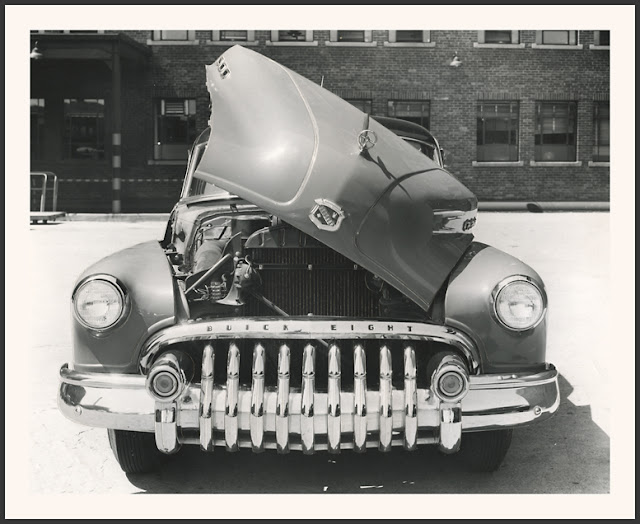 1950 Buick
1950 BuickAll the better to eat you with!
1950 Pontiac Silver Streak
1951 Cadillac Coupe de Ville
1953 Oldsmobile Fiesta
New Hampshire plates, 1 of 458.
1953 Pontiac Star Chief
1954 Chevrolet Bel Air
The color is officially Pueblo Tan but will always be Pumpkin to me. One of two auto colors I loved as a kid, the other a miles-deep iridescent blue that appeared on '49-50 Fords.
1954 GM PD-4501 Scenicruiser w/ 1955 Cadillac 60S
Based on a Raymond Loewy design.
1954 Cadillac El Camino
1954 Cadillac La Espada
1955 Cadillac Eldorado Brougham
1955 Chevrolet Bel Air
Ferrari-inspired grille hangs with the cool kids @ SCCA meet.
1955 Pontiac Star Chief
Uncommon factory bumper guard.
1956 Pontiac Club de Mer
The Club de Mer, a low, two-passenger sports car with an anodized brushed aluminum body, is Pontiac's experimental 'dream car' of 1956. Equipped with a 300-horsepower Pontiac Strato-Streak V8 engine, the Club de Mer stands only 38.4 inches to the top of the windshield and is 180.06 inches long. Built on a 104-inch wheelbase, the car is 69.7 inches wide and has a tread of 56 inches front and 54 inches rear. Road clearance is 5 inches.
The exterior body color is cerulean blue, while the interior is fashioned in vermillion red leather. Most striking feature of the Club de Mer is the dorsal fin which flashes up from the rear deck surface. The fin not only adds fleetness to the car's appearance but also functions as a stabilizing influence during operation. Twin bubble windshields, designed to deflect wind upward, protect the passengers.
At the nose of the car is the air intake aperture for engine cooling. This chrome lined opening half engulfs the lower section of the front end. The highway and parking lights are brought together in dual arrangement, one placed directly over the other. The entire lamp unit is so designed that when not in use, it revolves and disappears into the body, leaving a completely smooth front surface. Excessive motor heat is removed through outlet ports located on the sides of the front fenders.
The Club de Mer's synchomesh transmission is mounted behind the passenger compartment and connects with a special type rear suspension. This arrangement allows for greater leg room for driver and passenger.
1956 Cadillac Eldorado Seville
Dagmars, jewelry and chrome - the sweet smile of success.
Harley Earl at General Motors Technical Center in Warren, Michigan, designed by Eero Saarinen & son Eliel. Under construction from 1949 to 1955, the 330 acre, 25 building complex was officially opened by President Dwight D. Eisenhower on May 16, 1956 with 5000 citizens in attendance. Here we see the main display area of the Styling Dome. Photo from Design Observer's Modern Architecture For The American Century.
1956 GM Firebird II
1956 Oldsmobile Golden Rocket
Stingray split window, early 60s Cadillac fins and curious grille predicting Edsel as it recalls TASCO and Henry J.
1957 Oldsmobile 98
1957 Pontiac Star Chief
In Seacrest Green, somewhere in Florida.
1958 Chevrolet Impala
1958 Corvette
Image may be NSFW.
Clik here to view.

1958 Chevrolet XP-700
Bill Mitchell, who took over GM Styling on Harley Earl's retirement in 1958, used this Chuck Jordan concept as his personal transport before it was restyled and recolored from red to pearlescent silver for its official debut at the 4th International Automobile Show in New York in April 1960. Although there's a fuel injection badge on the fender, general consensus says 283 V8 w/ four barrel. Exotic details include Lucas Flame Thrower headlamps, Dayton wire wheels and periscopic rear view mirror. Updated with a Stingray nose, the car reappeared at New York's 6th International as the XP-755 Shark, retiring as the Mako Shark after yet another restyle. Seen here prowling GM Tech Center's 11 miles of roadway and 85 acres of parking lot.
1959 Cadillac Cyclone
GM Styling Section administration building lobby. The fiberglass 'teacup' reception desk was sawn up and hauled away in the early 70s along with the hand painted Buell Mullen stainless steel screen behind it, replaced with knockoffs for the Design Center's 75th Anniversary in 2003. Photo from unknown web source.
1959 Buick
1959 Chevrolet Impala
1960 Cadillac Coupe de Ville
1960 Chevy Corvair 700
The wraparound beltline and flat top were widely copied overseas, appearing as early as 1961 on the NSU Prinz, Fiat 1300, Simca 1000 and BMW 1500, with Renault R8, Mazda 800, Rootes Group Imp and Chamois, Zaporozhets 966 and various auto salon specials close behind. Artist rendering below from NSU Prinz.
1960 Buick
1961 Oldsmobile 98
Sharp-eyed baronniesereinedecaux suggests that these are French license plates, with the 75 indicating Paris registry.
1961 Pontiac Catalina
At the drags somewhere in Southern California, with Loewy coupe next spot over and '58 Impala behind.
Image may be NSFW.
Clik here to view.

1963 Pontiac Tempest LeMans
Chrome rims, Southern California.
1963 Buick Riviera
From a Tom McCahill cover story in the October 1962 issue of Mechanix Illustrated.
1964 Pontiac Banshee
Coupe version powered by Pontiac's OHC 6, its design cues reappearing on Corvette, Firebird, Opel GT and Toronado. Photos from Conceptcarz and beyond.
1964 Chevrolet Mako Shark II
1965 Chevrolet Impala
US Army Fort Bragg North Carolina bumper sticker.
1967 Chevrolet Astro I
1967 Oldsmobile Toronado
As motor life posts are based on my own photo collection and the photographers and subjects of snapshots of this and more recent vintage are typically still alive and in possession of their treasured mementos, the Motorama stops here. The '65 Riviera, '70 Camaro, '71 Vega, '63 Stingray, '67 Eldorado and heartbreakingly beautiful '06 Solstice will have to wait. For the real story, check out Michael Lamm & Dave Holls' A Century Of Automotive Style - 100 Years Of American Car Designas well as Lamm's The Pontiac Solstice Book.


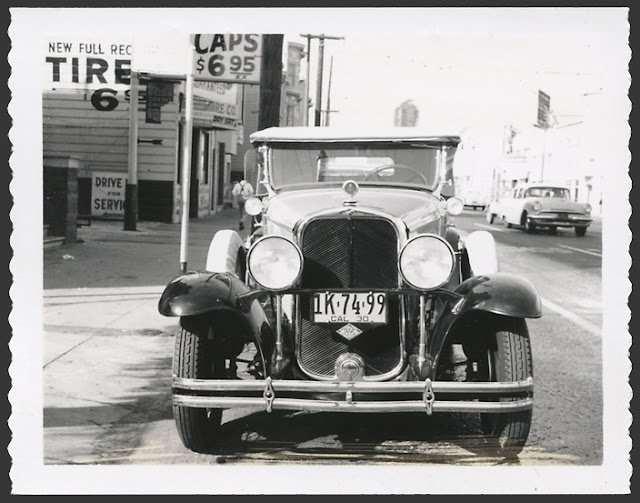
















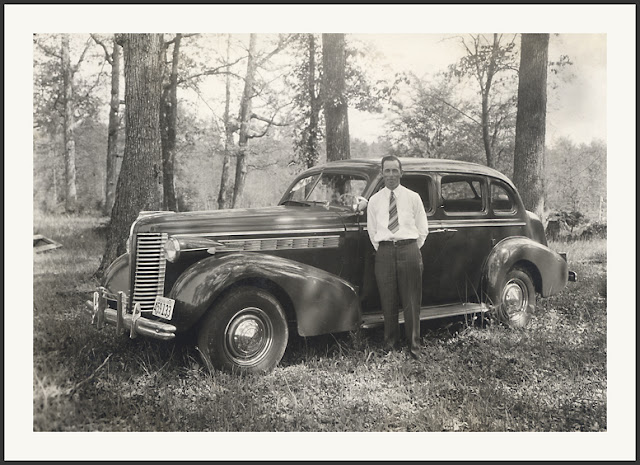














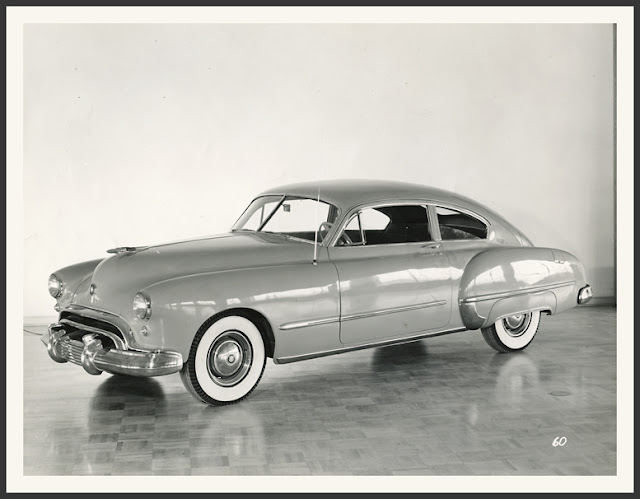

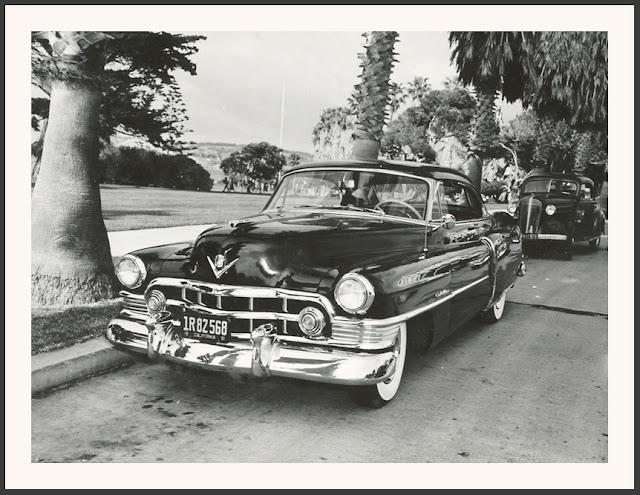


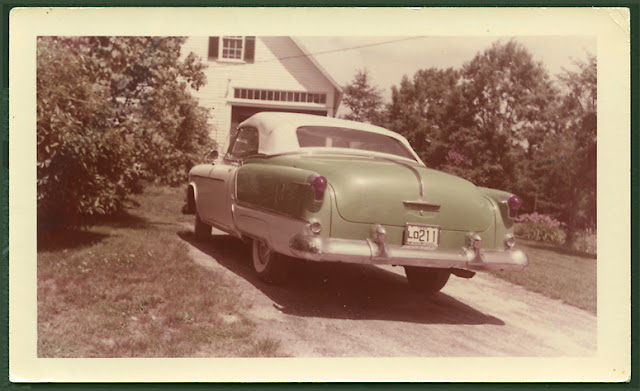
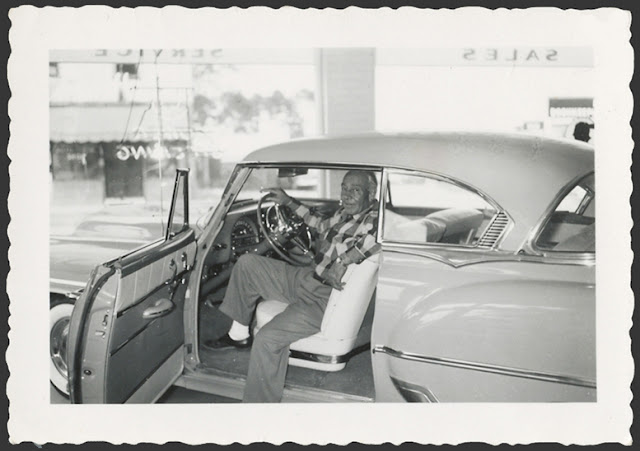
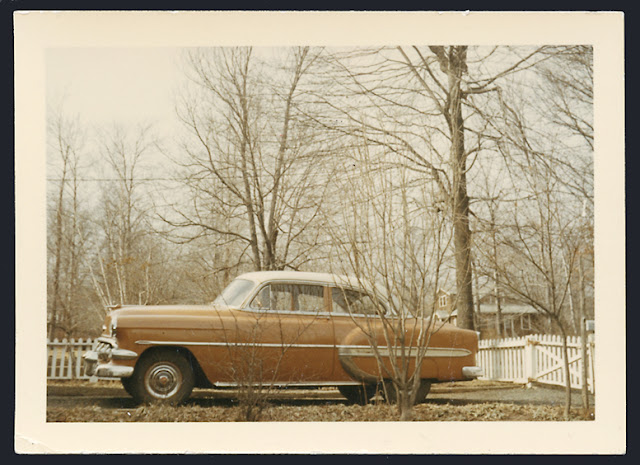
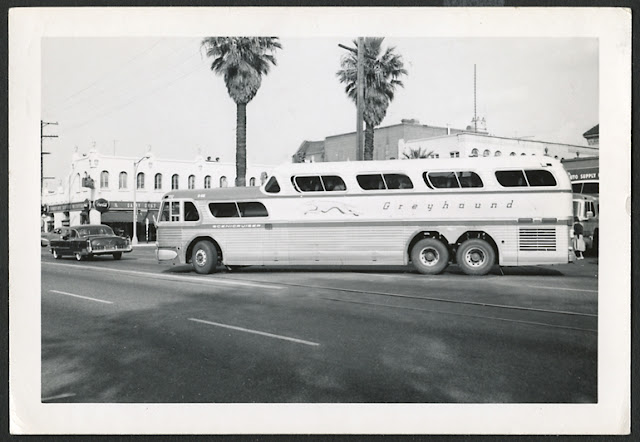





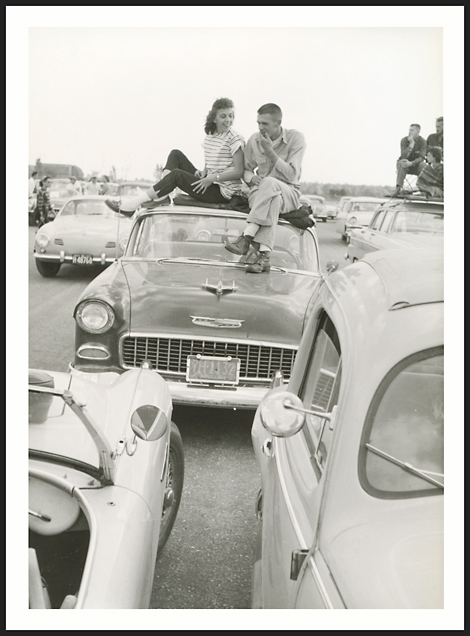
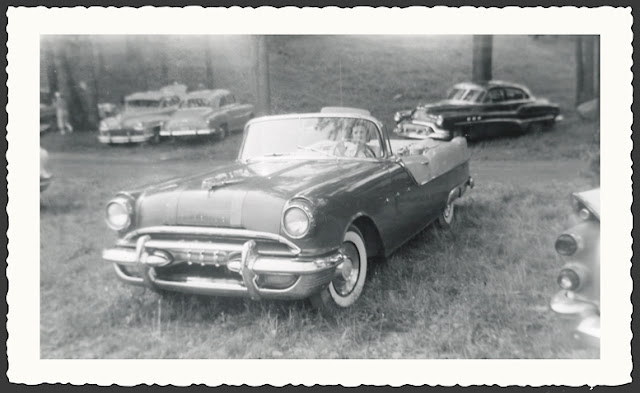
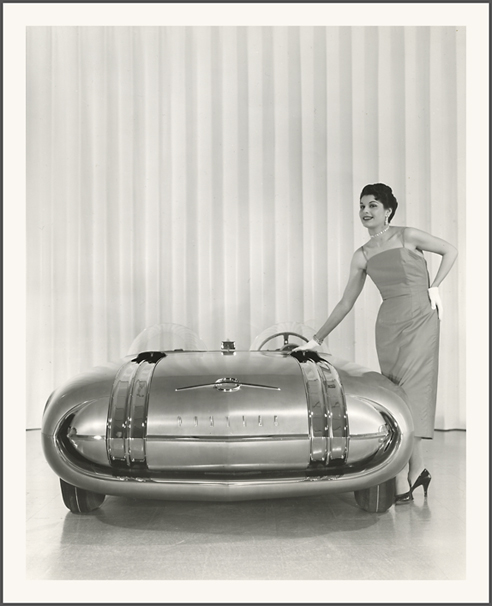
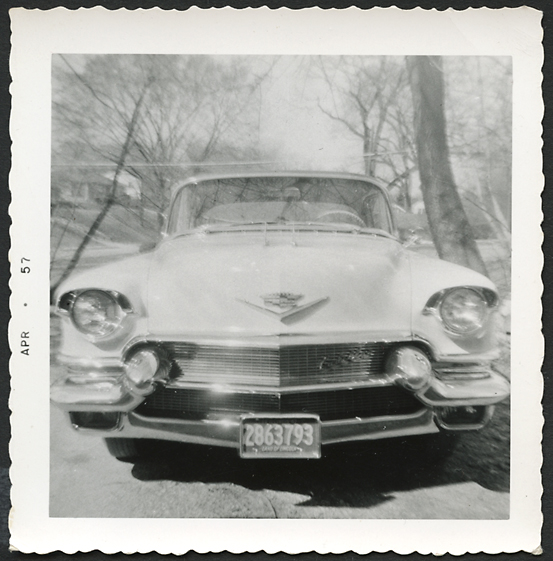


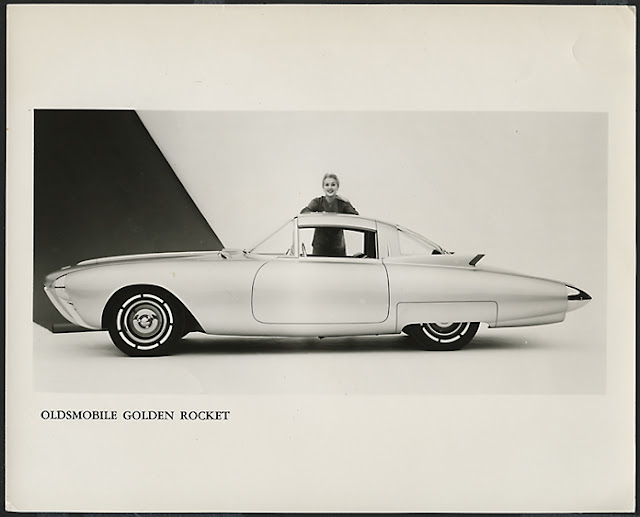
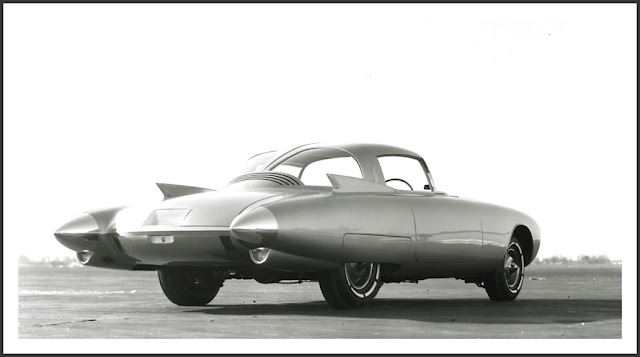




















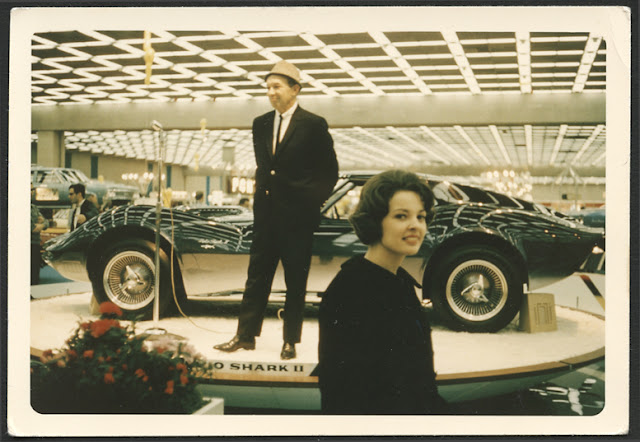





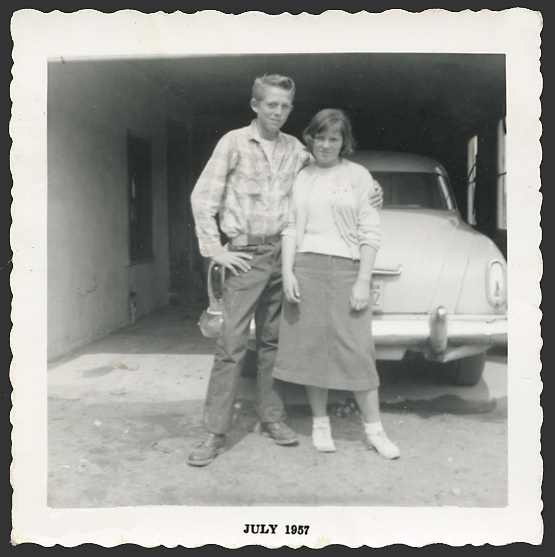



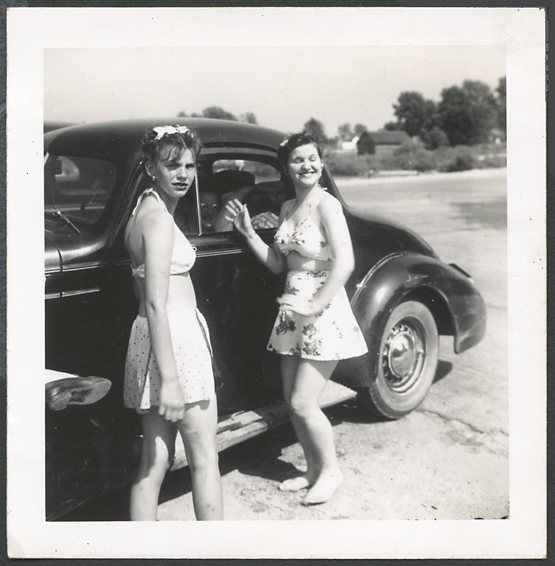






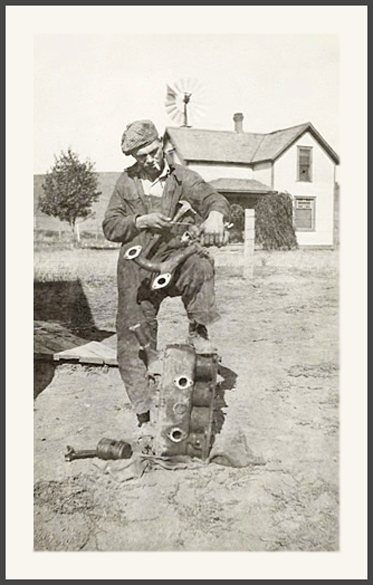



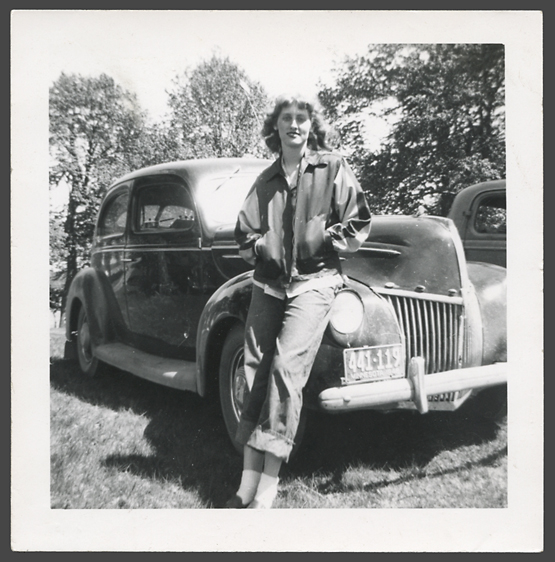








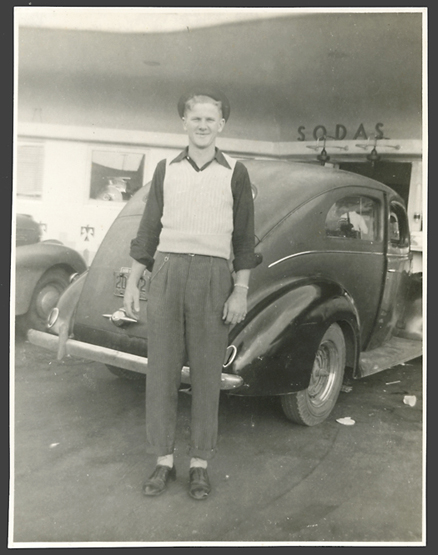








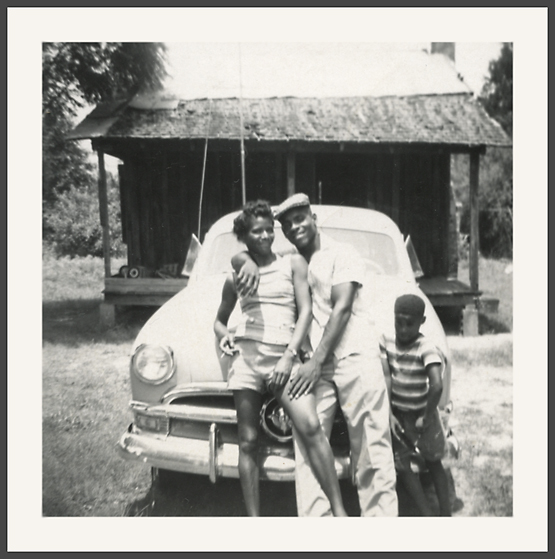

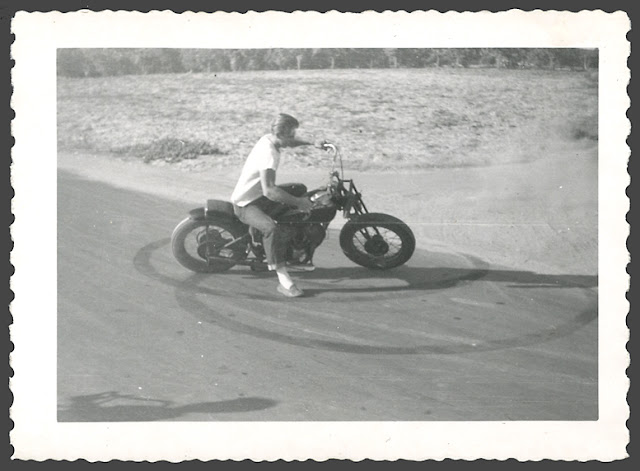





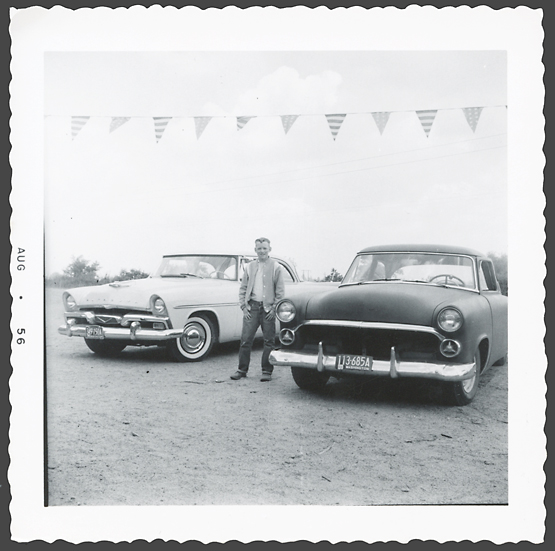

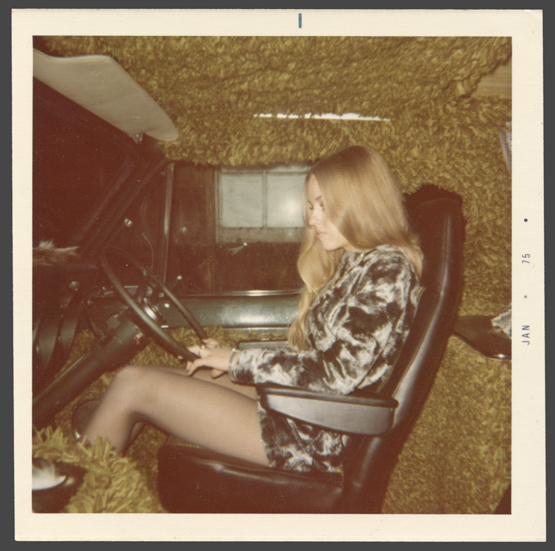



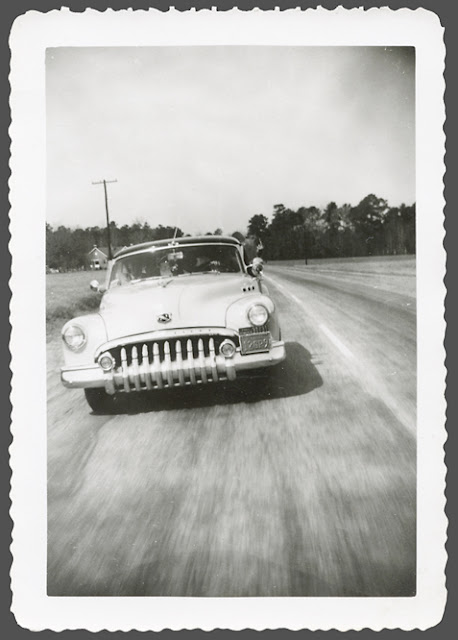







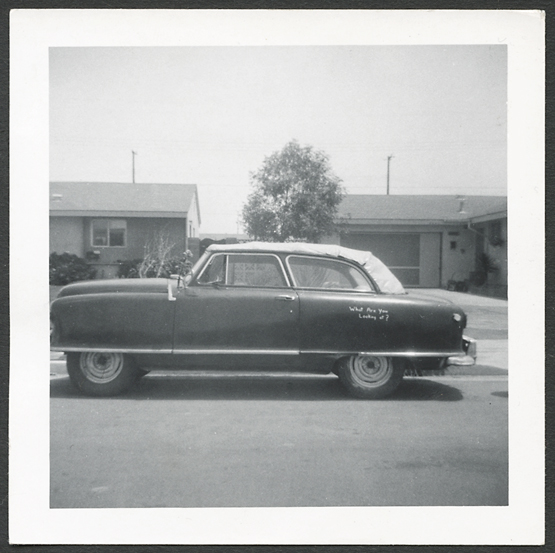


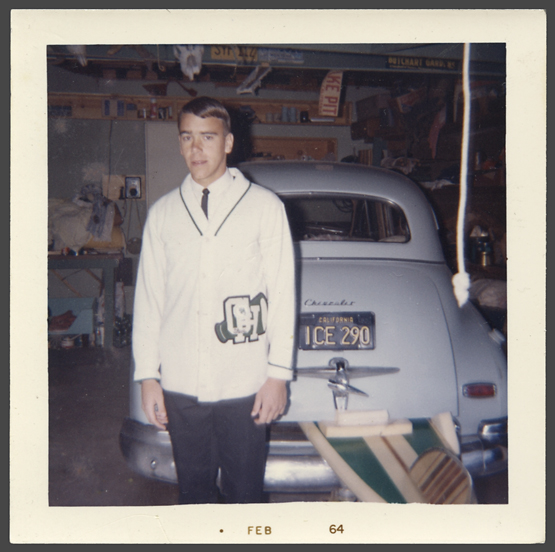





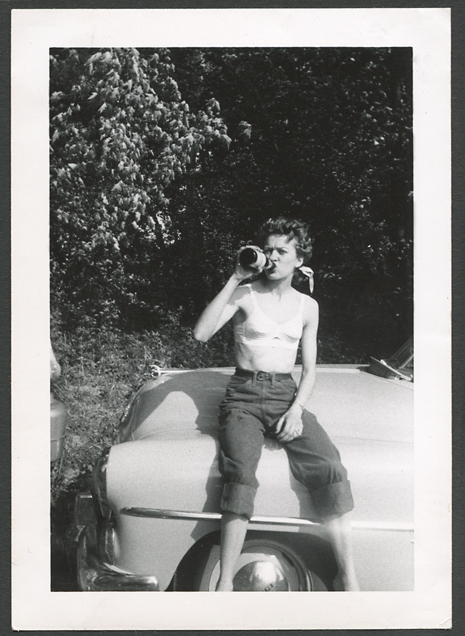







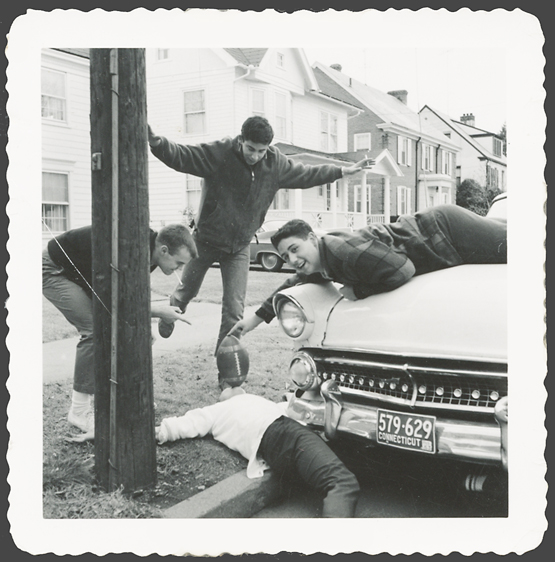




































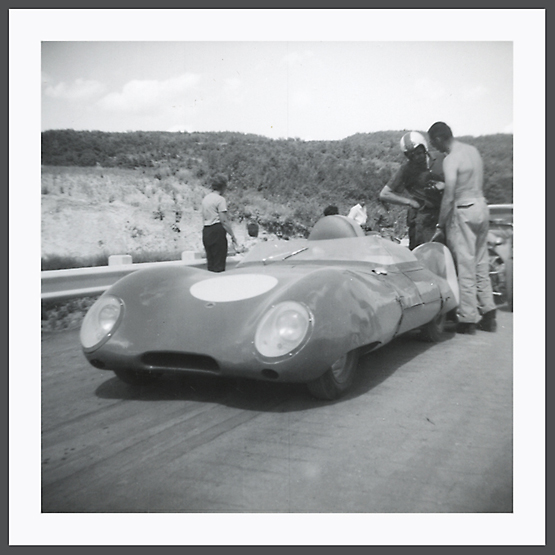


















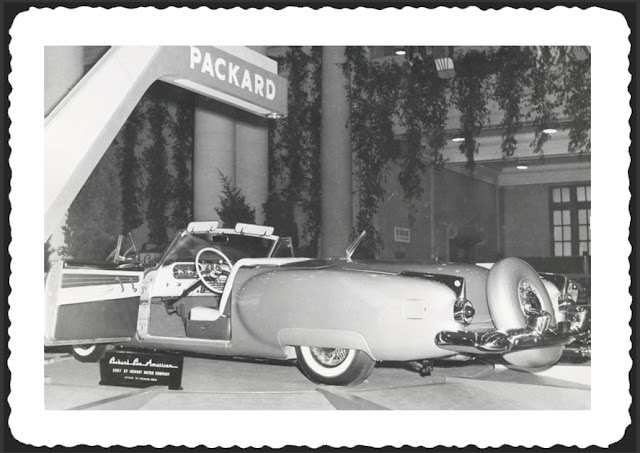














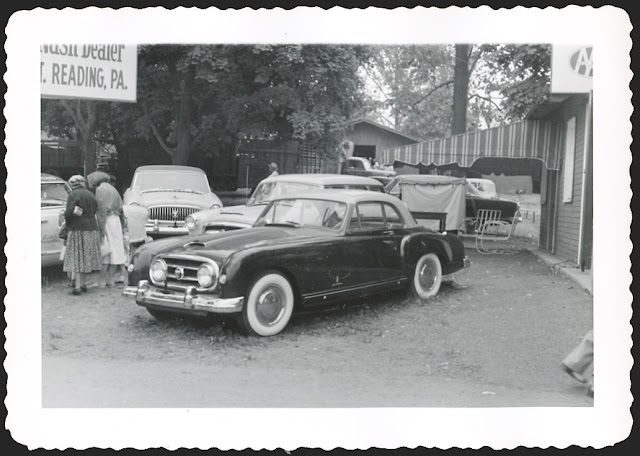


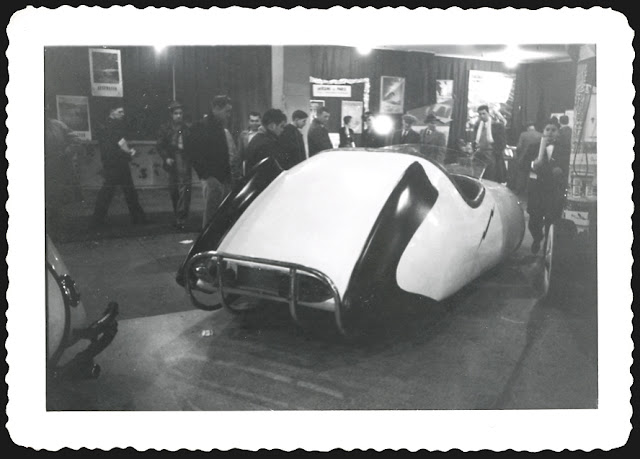



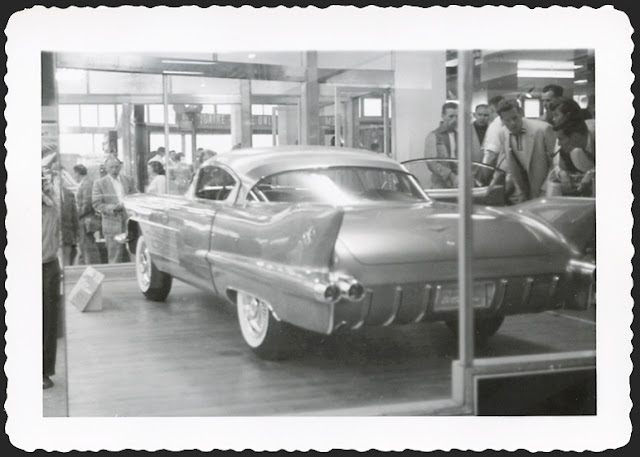









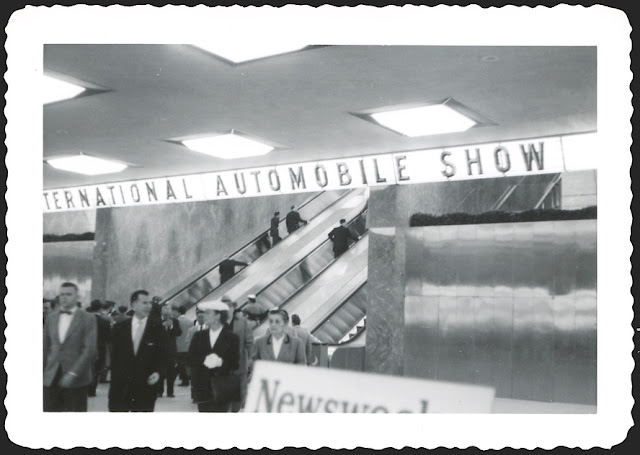































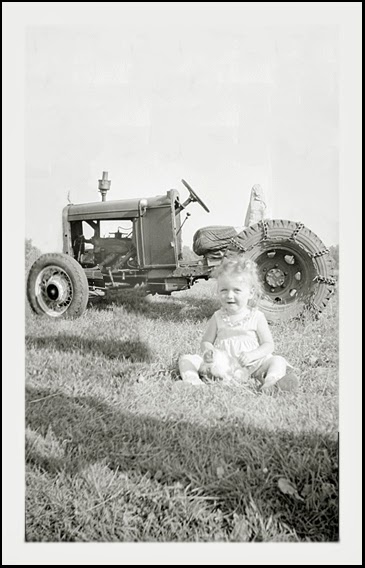



























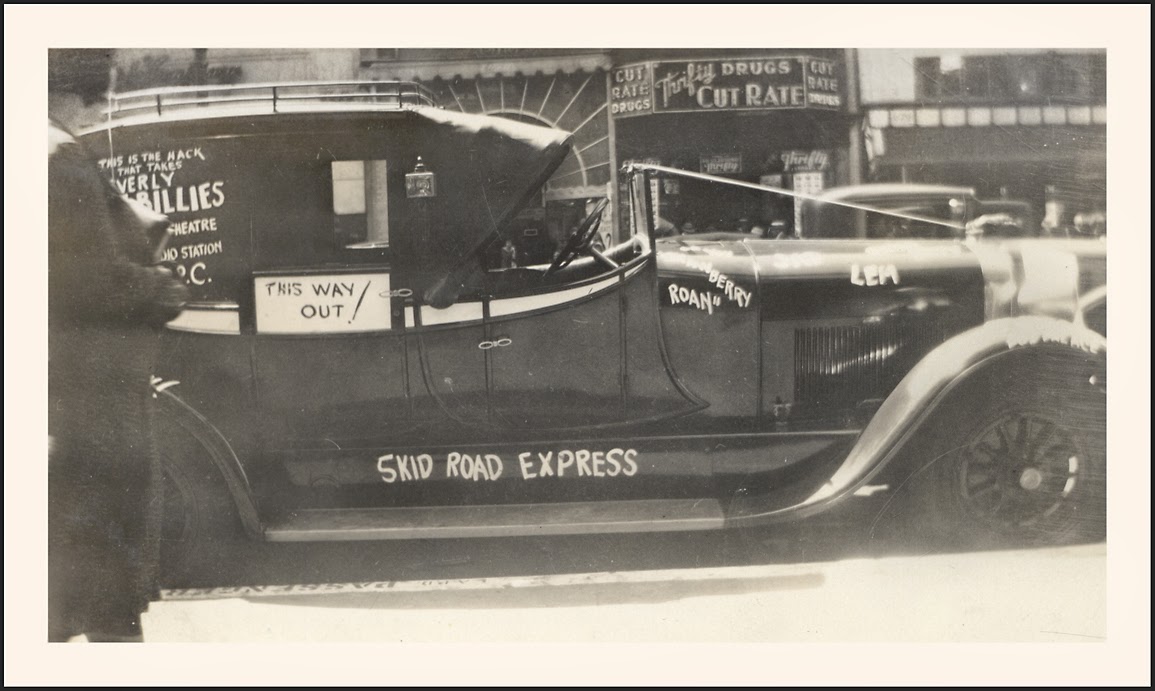









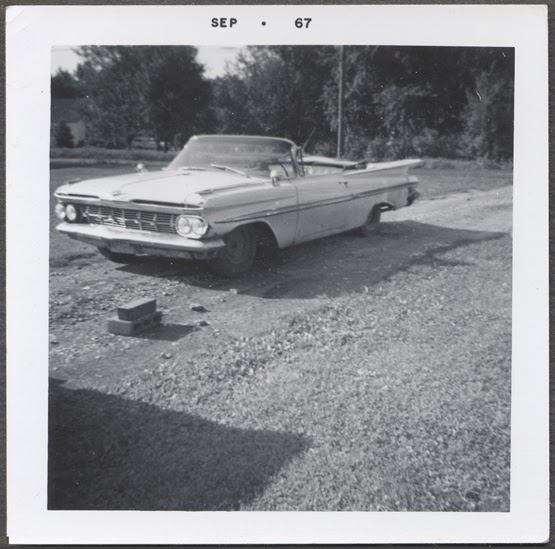


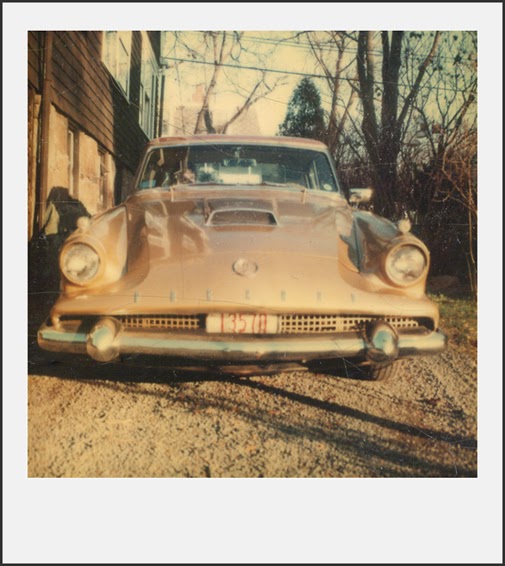













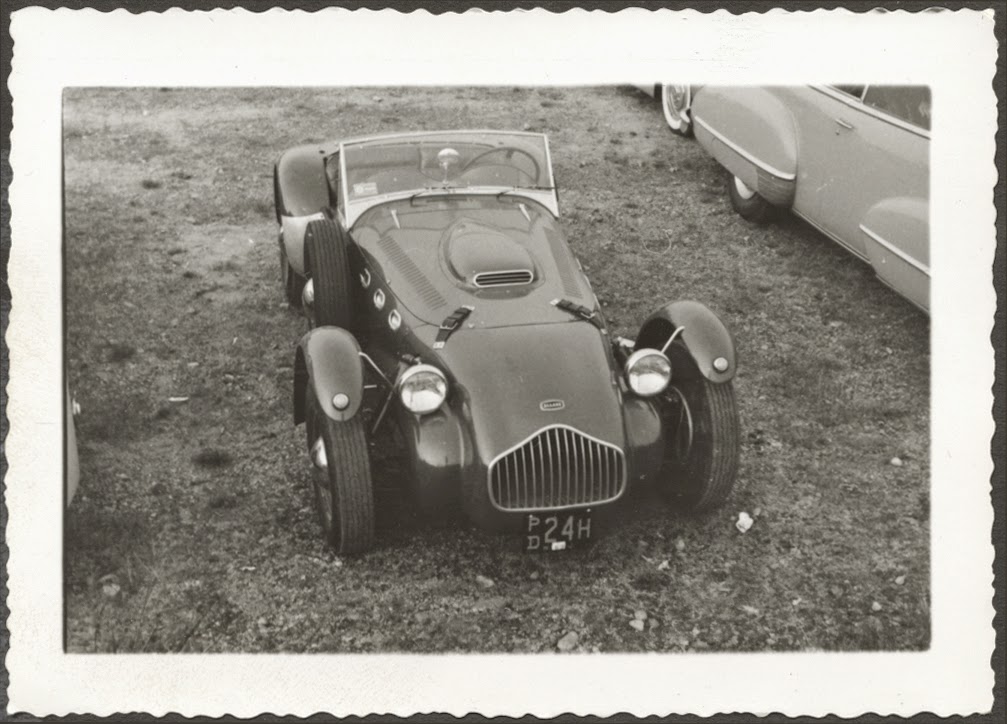














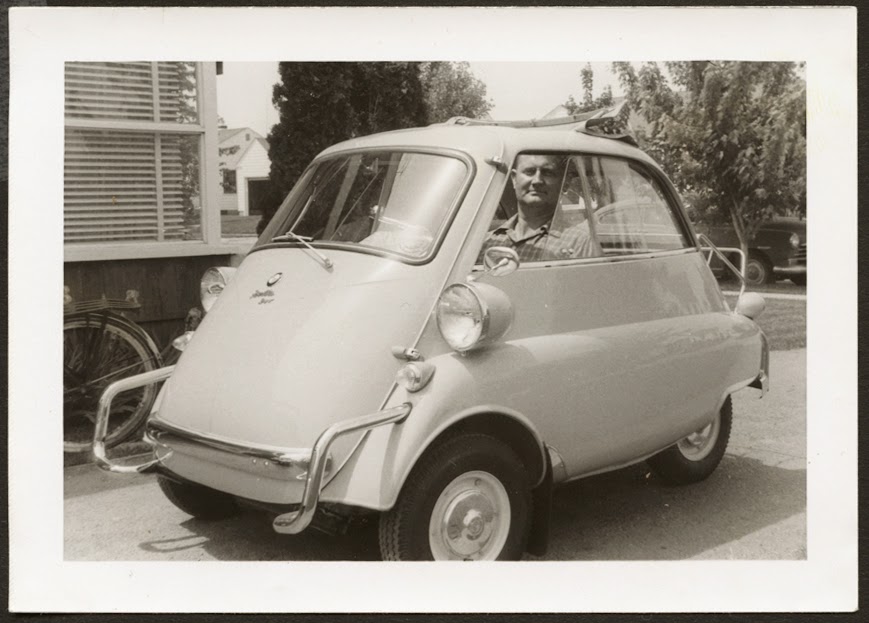
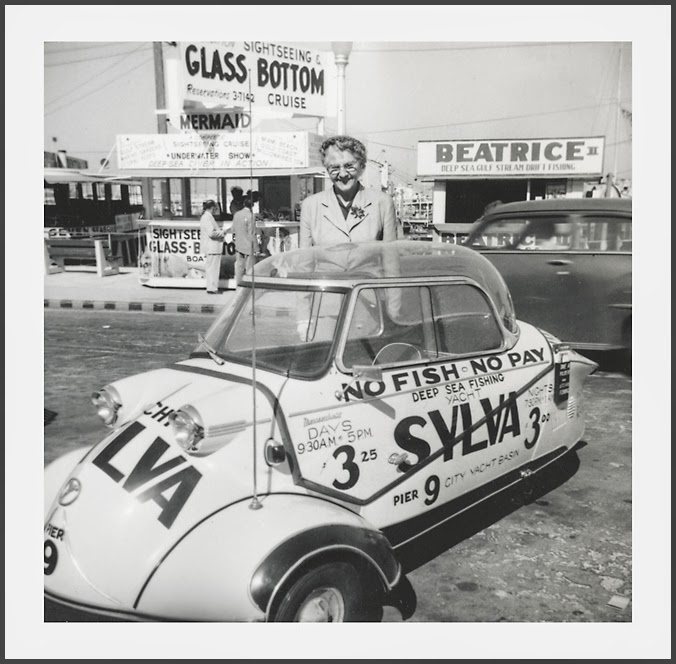
%2BL1011-Vintage-Car-Store-Nyack-NY-Renault-Peugeot-Rover.jpg)

